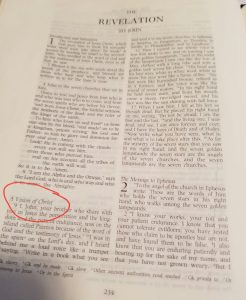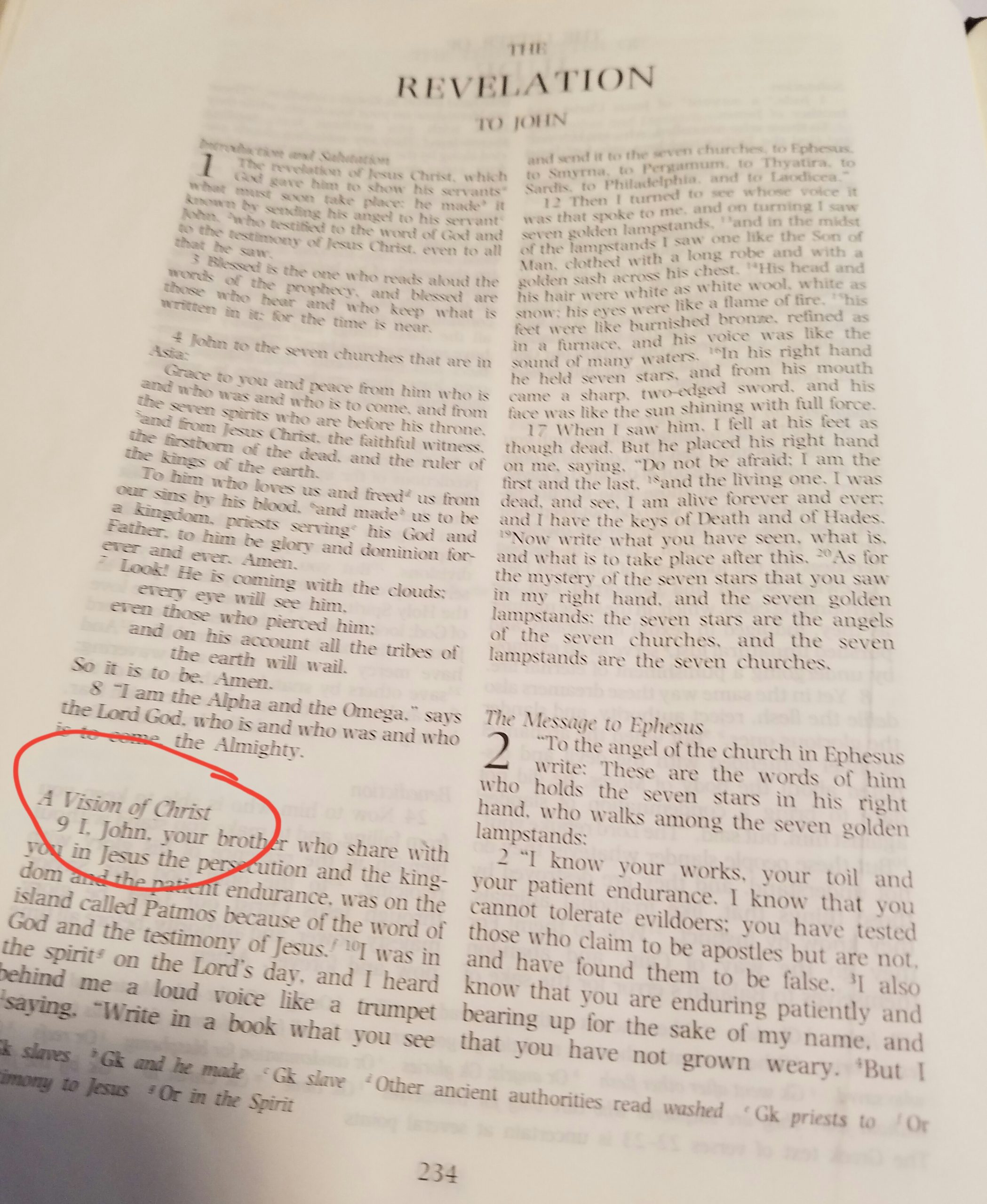The Problem with Bible Outlines
 Outlining is a valuable practice in Bible study. It can
Outlining is a valuable practice in Bible study. It can
- Help you understand the relationship between sections of a passage
- Direct you to the key point
- Clarify ambiguities
- Give you a feel for the structure of an author’s argument
Clearly some of these overlap.
One of the common practices in teaching the Bible, however, is to provide an outline. Providing such an outline can be very helpful, but we need to remember that the outline is also an interpreter’s opinion about the passage and needs to be considered critically.
An illustration of the problem here can be found in the way laws are often named. “An act to prevent crime in the county” may be optimistic or even outright misleading. Frequently it will at least be controversial. Let’s suppose that “An act to prevent gun crime” provides restrictions on gun sales and ownership. Someone’s view of how likely such a law is to be successful will impact whether they believe the title is accurate or not.
Section headings in Bibles fall into the same category. We often absorb them without thinking, and quite commonly there’s nothing wrong with them. But precisely because we don’t pay attention to them, they can subtly alter our understanding of a passage.
I recently reminded a Sunday School class of this when we concluded in our study that a passage was talking about something other than the section heading. That heading is part of the editorial activity in producing that Bible edition and not part of the original text, as are verse numbers and paragraphing.
Outlining is good, but before you settle on a particular structure, look at the material for yourself.
